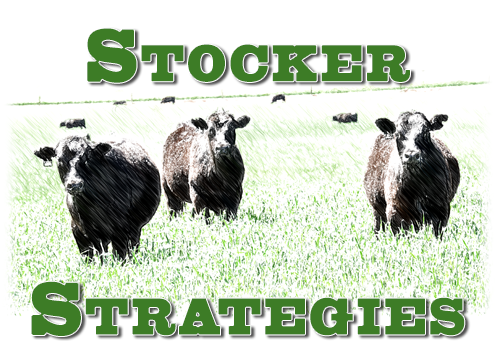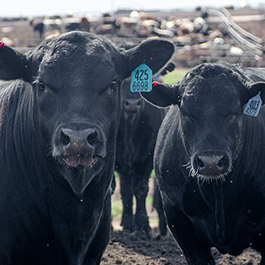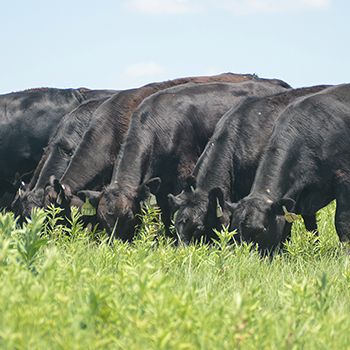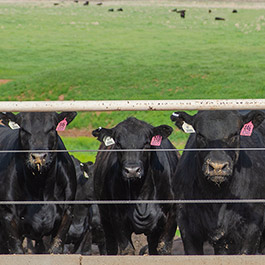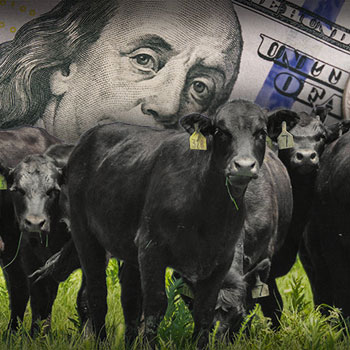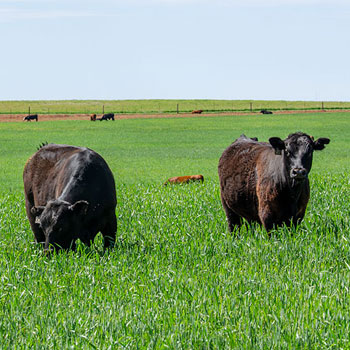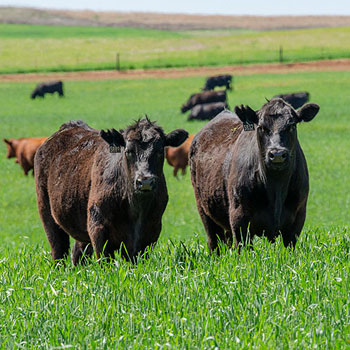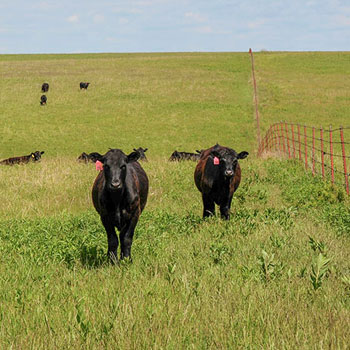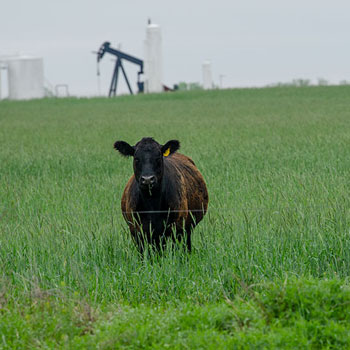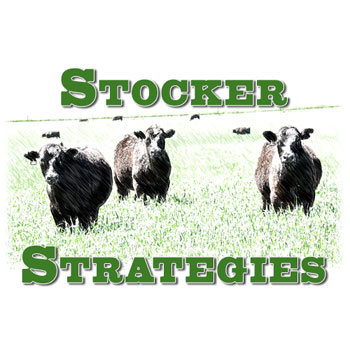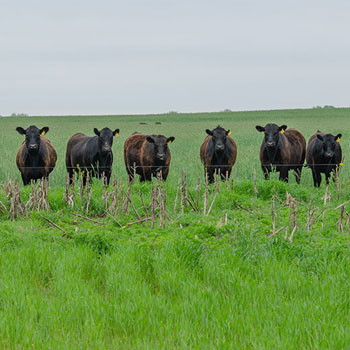In The Cattle Markets
Risk-off.
In the second week of March, oil prices are down about 20% and a variety of stock market index futures are off at least 5%. It’s a great opportunity to write about cattle markets. No, not really. In actuality, it is a good opportunity to review market fundamentals after we contrast them with unknown unknowns as revealed by the recent charts. The outbreak of respiratory illness caused by a novel and new coronavirus, identified as COVID-19, continues.
The outbreak first started in Wuhan, China, but cases have been identified in a growing number of other locations internationally, including the United States. There are several interrelated unknowns: What will be the magnitude of the spread, what will be the loss of life and degradation in human health, and what will be the extent of this exacerbation to the global economic slowdown?
These are big and far-reaching questions, and there is little information about their answers. Therefore, markets are currently revealing an enormous amount of risk protection taking place. There appears to be no market and certainly no asset market with a risk that is immune. The world economy wants out of its risky assets: risk-off.
What do the fundamentals say? First, the broader U.S. macro economy looks reasonably good. Unemployment and consumer spending are very healthy. The domestic consumer has been the driving force behind the economy recently. Business investment has been reasonably weak, and that has been the case since it became clear the issues underlying the trade wars were not going to be addressed quickly. For much of 2019 and 2020, it looks to business as the best use of their profits and cash was in stock buybacks.
Finally, any stimulus associated with government spending is due to run its course this year. Growth triggered by the tax cut appears to be focused in subsectors of the economy. The Leading Index published by the Federal Reserve Bank of Philadelphia is softer than 2013-2015, but is not shrinking to the point of recession fears. The substantial macroeconomic weakness is in other countries. Forecasts of economic growth for European and Asian economies have been modest to substantially weaker than growth in the prior year. How this plays out is, of course, an important unknown.
Second, the protein balance sheets have clearly shown and continue to show a problem for the first quarter of 2020 for beef and much of the year for pork and poultry. Numbers of animals and carcass weights are higher through the first quarter and have the potential to be higher for the rest of the year for the competing meats. Downward pressures on protein prices required substantial exports to not have much weaker prices than the prior year.
Supplies have materialized and exports have not. Global economic uncertainty adds to this. For cattle markets, price pressure will persist through April and possibly into May. Placements through the last half of 2019 were delayed by the slaughter plant fire. October and November placements were strong. On-feed numbers and marketings will be relatively heavy until the summer. Slaughter weights are substantially above last year. Normal seasonal spring rallies may be delayed, and will require some aggressive retail featuring as was observed in the last half of 2019. These factors, and the broader macroeconomic concerns, suggest persistent weakness in cattle prices through the spring. Until the dynamics of the health crisis are more certain, there will be considerable volatility.
Editor’s note: Stephen Koontz is a professor in the Department of Agricultural and Resource Economics at Colorado State University.
